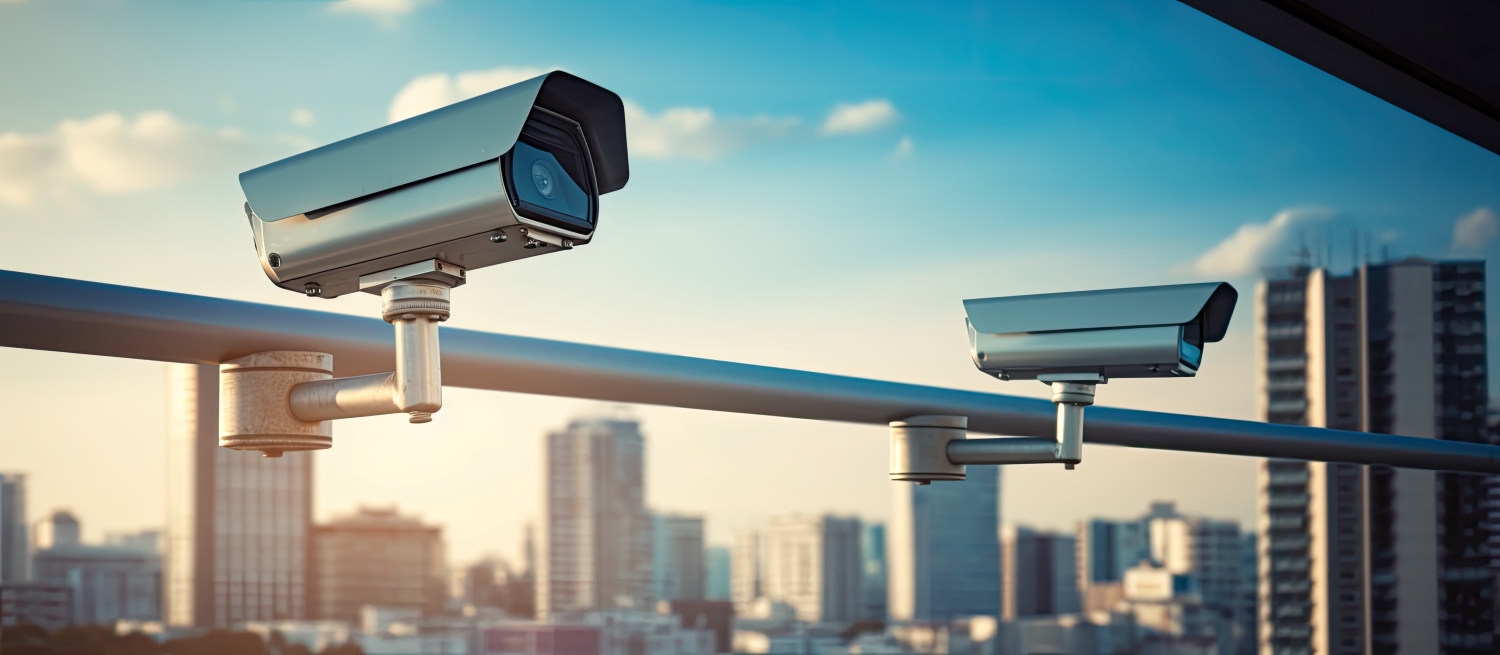AI and the Modernization of Critical Infrastructure for Urban Development

Meeting Complex Challenges with Complex Technology
In the ever-evolving urban development landscape, the emergence of Artificial Intelligence (AI) is proving to be a game-changer for critical infrastructure. Paving the way for a smarter, more sustainable future, cutting-edge, AI-driven technology has the potential to innovatively revolutionize citywide operations in the face of complex challenges.
Read on to discover how advances in AI and intelligent urban planning solutions are modernizing critical infrastructure in 4 key sectors:
1. Transportation Systems
One of the most significant AI contributions to urban development lies in optimizing transportation systems: To focus on one example, traffic congestion has long been a headache for urban dwellers, causing frustrations ranging from lost productivity to increased pollution. AI-powered algorithms can help transit operators alleviate these frustrations with the ability to analyze real-time traffic data, predict peak periods, and develop contingencies and alternative routes to alleviate unexpected congestion. Smart traffic management not only enhances mobility but also reduces emissions to promote more eco-friendly, urban environments.
Additionally, AI can empower city planners to design more efficient public transportation systems. By analyzing commuting patterns, technology can help operators identify areas of high congestion; over time, aggregate the intelligence to determine data-backed trends; and inform public transit route optimization decisions accordingly. This not only ensures seamless connectivity but also encourages greater usage of public transportation, effectively reducing the number of private vehicles on the road.
2. Emergency Services
Safety and security are paramount concerns in any city and, though AI capabilities continue to grow and evolve, the applications for crime prevention and emergency response have already proven their worth. For example, surveillance systems equipped with AI-powered video analytics can detect unusual activity, trigger rule-based alerts, and thus enable faster response times and proactive measures that can prevent criminal incidents or stop them in their tracks. AI-driven, predictive policing algorithms can also identify and monitor high-risk areas to help law enforcement agencies allocate resources more effectively.
3. Energy
The transformative potential of AI extends to energy management as well. Smart grids, integrated with AI algorithms, can efficiently monitor and manage electricity consumption. By analyzing data on usage patterns and demand fluctuations, AI can optimize energy distribution, leading to reduced waste and lower carbon footprints. This, in turn, contributes to the overarching goal of building sustainable, energy-efficient urban spaces.
4. Water and Waste Systems
Furthermore, AI’s potential in environmental sustainability cannot be overstated. From water management to waste disposal, AI can optimize resource allocation and reduce environmental stress. AI-enabled sensors can detect leaks and inefficiencies in water supply networks, helping conserve precious resources. Additionally, AI-driven waste management systems can improve recycling rates and minimize landfill usage, promoting a circular economy.
Impacting Communities
While the immense impact of AI on critical infrastructure is apparent, AI also has the potential to make urban areas more accessible. Chatbots and AI-backed virtual assistants can engage with citizens to address their queries and provide valuable information in real-time. This level of accessibility fosters transparency, inclusivity, and a stronger sense of community involvement in decision-making processes, which – by the way – can also be impacted by AI.
By analyzing vast amounts of data on demographics, infrastructure, and environmental factors, city planners can make more informed choices in developing and upgrading urban areas. AI-powered simulations also allow for the creation of virtual models to visualize potential urban development projects, ensuring they align with the needs and preferences of the community. This data-driven approach takes the guesswork out of many of these decisions, effectively streamlining decision-making processes.
Modernizing for a Brighter Tomorrow
The integration of Artificial Intelligence into urban development holds immense promise for transforming cities into smart, sustainable, and citizen-centric hubs. From optimizing transportation and energy management to enhancing safety and fostering citizen engagement, AI-driven solutions have the potential to revolutionize urban living.
Learn more about how video analytics is helping to shape the urban landscape of tomorrow. Check out Analytics in Action: Safe Cities!
Signup to receive a monthly blog digest.